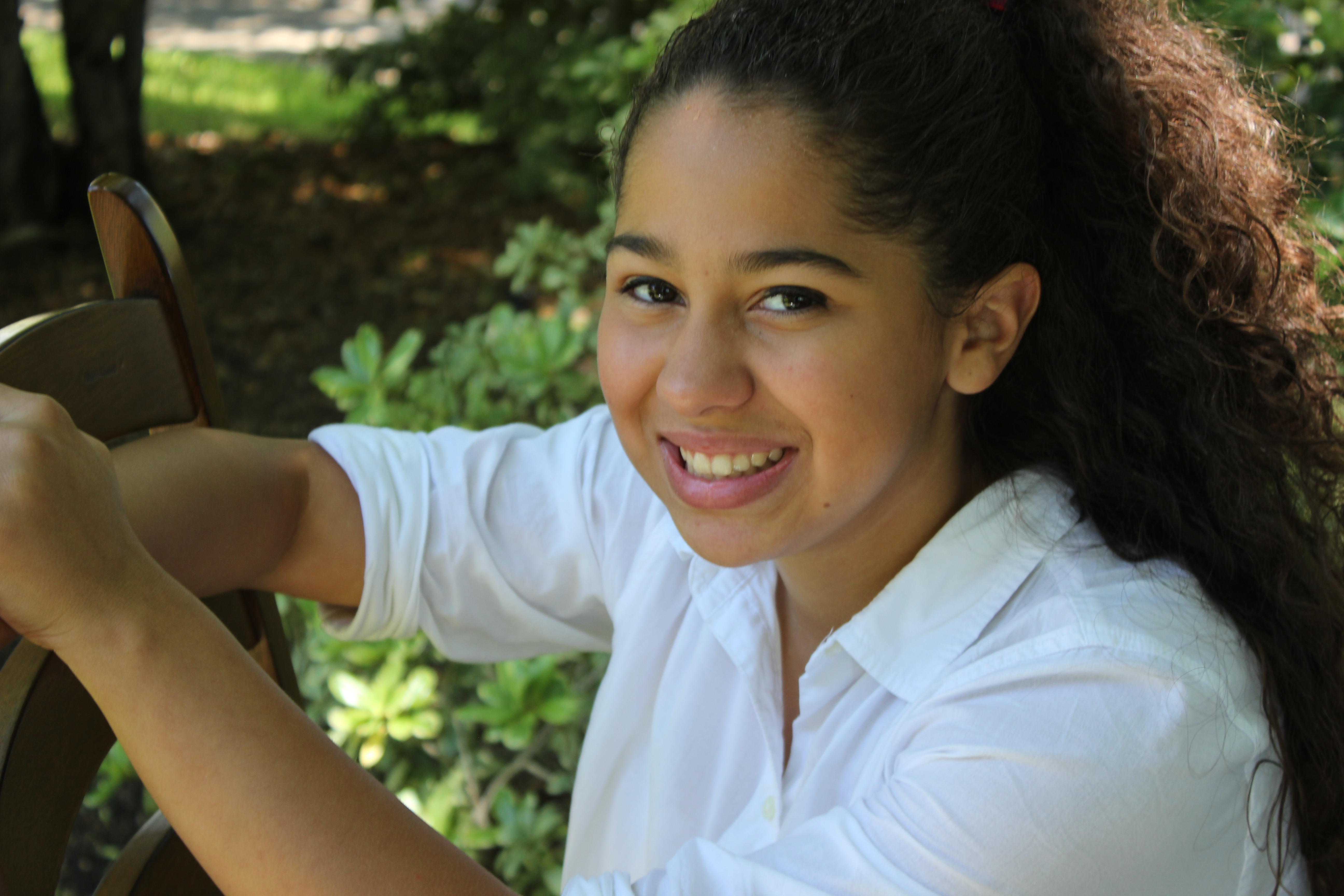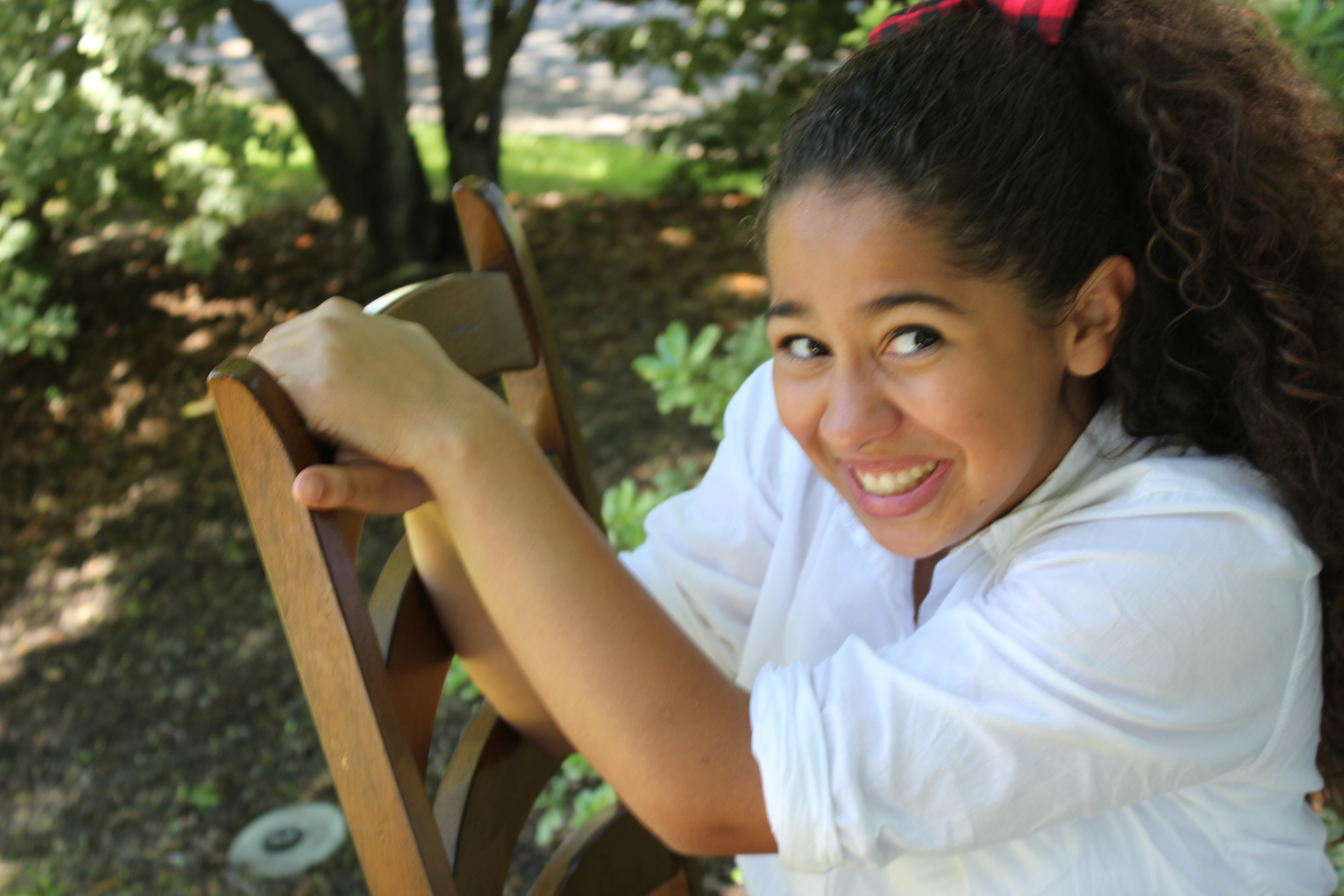It’s been quite some time since I touched this blog. Five years, almost to the day. And what’s funny is that seems like recent history. I actually started it in 2015, seven years ago–and others before that, as far back as 2010 and even 2008. And the things that seemed like fairly recent history have become ancient history. The blog I started about homeschooling…my little girl grew up and is now in college. The one I started about home, food, and nutrition…well, I suppose in a way, those are evergreen and will always be interests of mine, but it’s interesting to observe how different my life is in a lot of ways now. It doesn’t revolve around what to get kids to eat and finding contentment in my home, with my family at the nucleus, exactly. Those things are still important and valid. It’s just that the emphasis has changed a bit.
Some of what has kept me away has been technical difficulties. True story: it took me 3 hours to figure out how to get into this account this morning. You better believe I wrote down all the info and steps in a centralized place for future reference. Then there’s the 28,000 spam comments I need to somehow delete because it would be nice if real people could comment if they so desired. But the process of figuring out that login info involved a kind of retrospective of all my writing and blogging attempts over the years. It’s amazing what one can forget. And taken all together like that, it’s easier to see change in oneself and one’s life.
But I always want to write. Hopefully the ideas will not dry up, now that I’ve got the way to share them again. I think something that hindered me with blogging in the past was confusion about whether I was doing it for commercial or creative purposes. I don’t harbor any illusions now about making money off my blog, as possibly I once did (maybe). So a lot of the advice one reads about blogging simply doesn’t apply. And I say that because I think in the past, I felt hamstrung about what I was “allowed” to write about. You know, “What is your blog about?”
“Bundt-cake-making in the Canadian West with only heirloom ingredients.”
“Okay, well then, keep it to that, sister. Nobody wants to hear about your feelings on language, flowers, religion, your mom getting cancer, or the nature and validity of meritocracy in the 21st century.”
And this mixed motive of “keep it on topic, keep it palatable to your audience” is, I think, what shuts me down creatively right out of the gate.
So what is this blog about? Sorry/not sorry, it’s about whatever pops into my damn mind. Whatever moves me at the moment. Whatever matters to me at the moment. I am not a person of just a few interests. God forbid. And, well, I hope that’s okay with you, whoever you are. This blog is about whatever I’m working through at the moment, what I’m chewing on. Because I hope that it will be a catalyst to make some things real in my life. We all have leanings and aspirations, things that in a way, are part of our identity because we deeply want them to be, but in a way, are not yet because we haven’t practiced them, haven’t gone the distance with them. For example, I’m a member of a women’s hiking group on Facebook. In a certain way, hiking is part of my identity. But I’ve hardly ever been on a hike with them, so in a very important way, hiking has not yet become a real part of my life and identity.
But how do we make things become? People who were not a thing can become it. (I think that’s an important concept–and they’re not frauds for making strides toward becoming something they haven’t been heretofore.) I think we make things become partly by choosing to focus and reflect on them, choosing to invest that energy. Putting that thing front and center for a while, even in our literal visual field, but also in our mental space. And I think writing can be a huge part of that.
I have another reservation when it comes to any kind of writing, but especially blogging and social media because it’s so instantaneous and there are often no filters at all. So in a way, the “democratization” of media lets a lot of good stuff get through to readers that wouldn’t have in the past in traditional media like books and newspapers. But it also means that a lot of bad or unworthy stuff can get through, too. And that includes one’s own potentially bad and unworthy material.
So I guess the reservation is writing something that is embarrassing and cringey without realizing it and putting it on parade in full view of actually discerning people. Now I know enough to know that I don’t know much and that I probably look like an oaf to people with two stitches of sense more than me. And when you care about Good People’s Good Opinion, opening your mouth is a scary prospect.
I definitely thank God that I did not experience my teens and early 20s with social media around. As much as I might shake my head at the TikToks, Tweets, and YouTube videos I see where I think some young person is doing and saying unhinged or morally bankrupt things, I do have to take a step back and ask myself, Would you have been doing any better if this had been an option at that time? Would you have had the discernment, especially if it had been the culture all around you? You were so convinced you were right at the time. A lot of the people you knew would have been your cheerleader/echo chamber–or at least wouldn’t have told you to your face what they really thought. And so then I have to have a bit of compassion on them. Believe me, I like to forget, but I had some doozies of selfish, messed-up thoughts and lack of self-awareness, even well into my adult years (and for all I know, I continue to). Sometimes, it’s only time that lets us see those things for what they really were, like a negative developing in the dark room.
I kind of thank God I haven’t been a more consistent blogger, too, because when I first started, it was kind of still the Wonder Years of the Internet. One had the sense that maybe it was safe to reveal certain things to the Internet and what bad could really come of it? I think we’ve all amply seen what can come of it by now, and I was very naïve. The climate of today is a scary place to not be 100% right in all the time–and not just right according to today’s thought “orthodoxy” but according to any that could ever exist in the future. It’s sad and scary that there’s no space or understanding for people to develop their thoughts and views “out loud,” over time, through writing or discussion. It’s not just the specter of losing a job in the future and not being able to provide for your family, or worse. It’s the social repercussions: the fossilizing of a person in one snapshot of how they thought at a given point and penalizing them. It’s the ostracization, actual or potential. And this absolutely chills thoughtful discussion of all kinds. Everything is so ratcheted up. And I don’t only refer to the hot-button of issues when I say this. Who knows what may be the hot-button issue of tomorrow or what will be deemed a “Karen” behavior?
So I’m more aware than ever of the fact that writing is an act of baring yourself publicly. It’s cranking open your cerebrum and heart, placing their precise contents on offer, and letting strangers rummage around, with absolutely no control over how they respond and if they will be gentle or forebearing with the inevitable flaws and idiocies and ugliness they find inside. Writing–almost even if it’s nothing more than a recipe–is an act of courage.
But humor me a bit, will you, as I pull out various and sundry from my grab bag and say, “Here, I thought this worthy of your notice.” “Here, I’m wrestling with this.” They may be rocks from the playground and no quartz crystal, but that you would take time to remark them means a lot.











